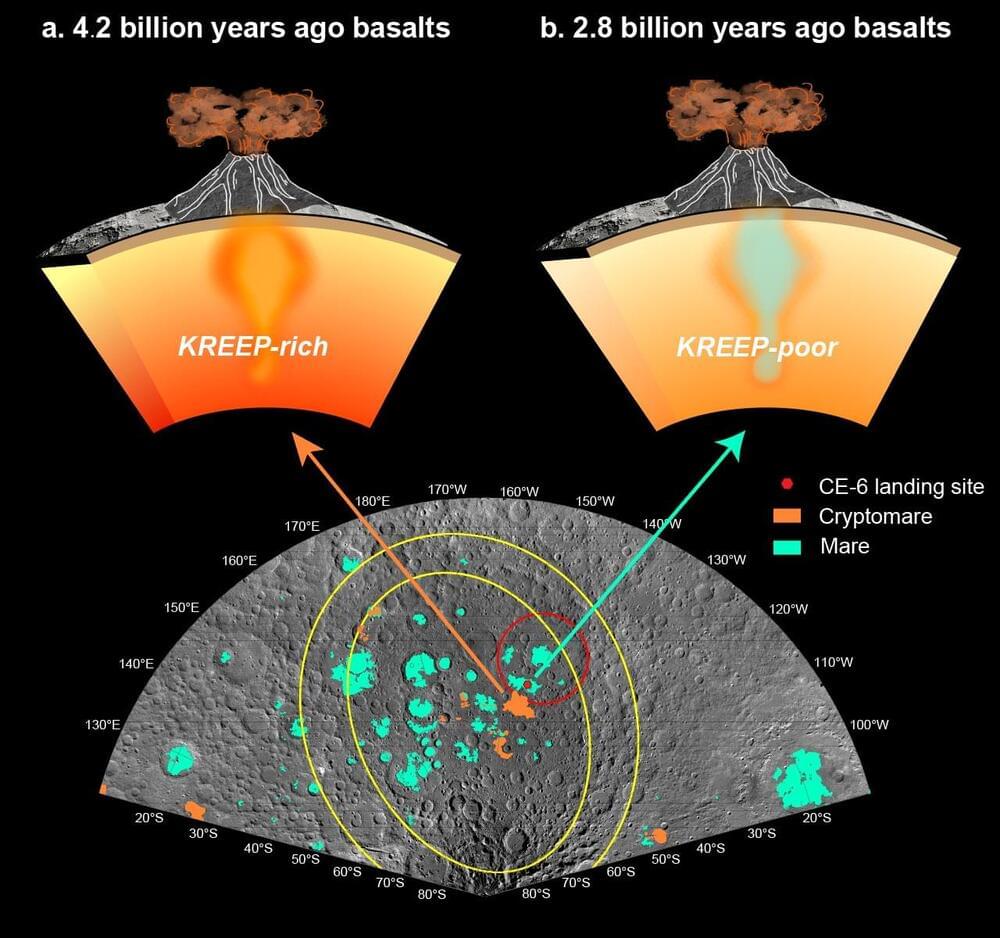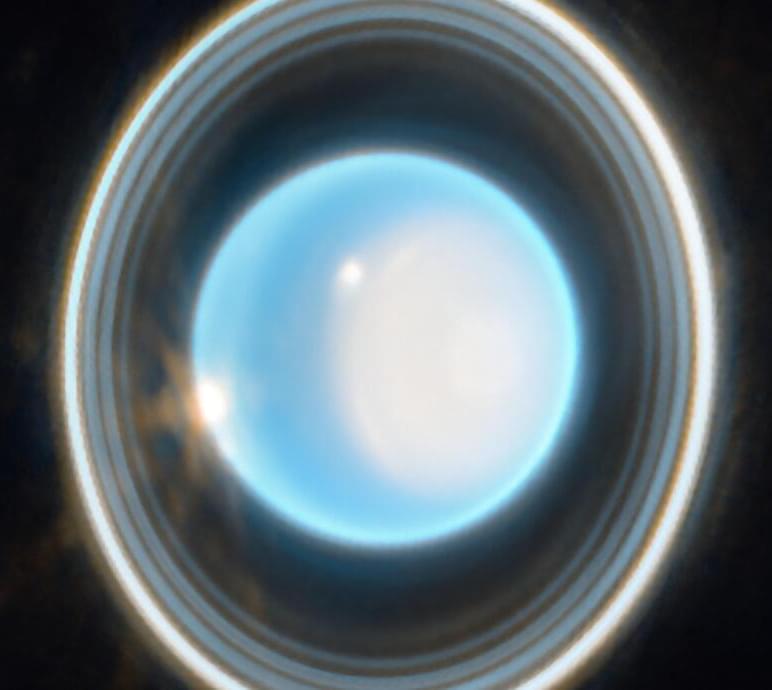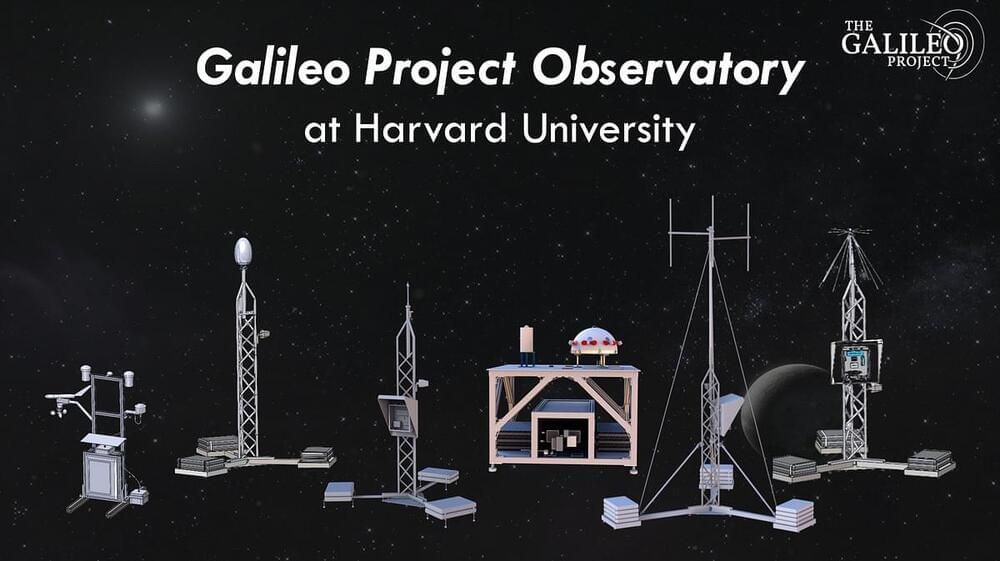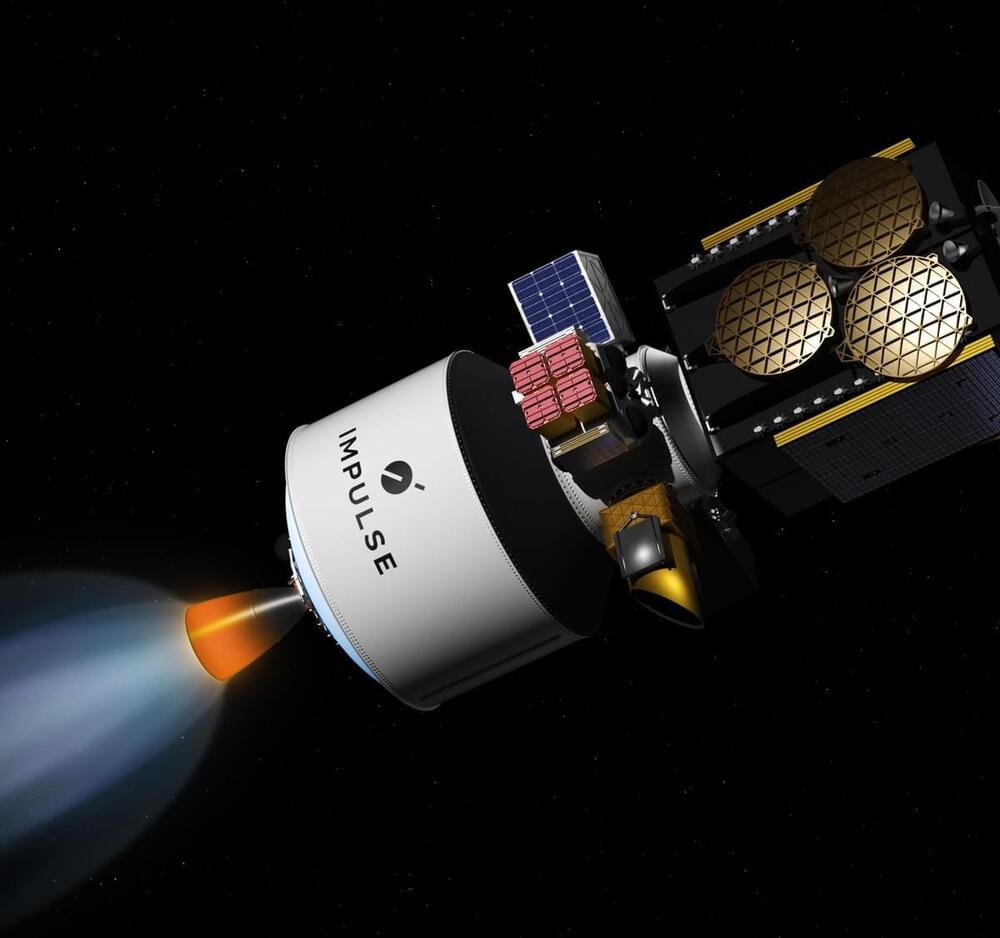As energy from the sun reaches Earth, some solar radiation is absorbed by the atmosphere, leading to chemical reactions like the formation of ozone and the breakup of gas molecules. A new approach for modeling these reactions, developed by a team led by scientists at Penn State, may improve our understanding of the atmosphere on early Earth and help in the search for habitable conditions on planets beyond our solar system.
The researchers have reported in the journal JGR Atmospheres that using a statistical method called correlated-k can improve existing photochemical models used to understand conditions on early Earth.
The approach can help scientists better understand the atmospheric composition of early Earth and will play an important role as new observatories come online in the coming decades that can provide new data on exoplanet atmospheres, the scientists said.









